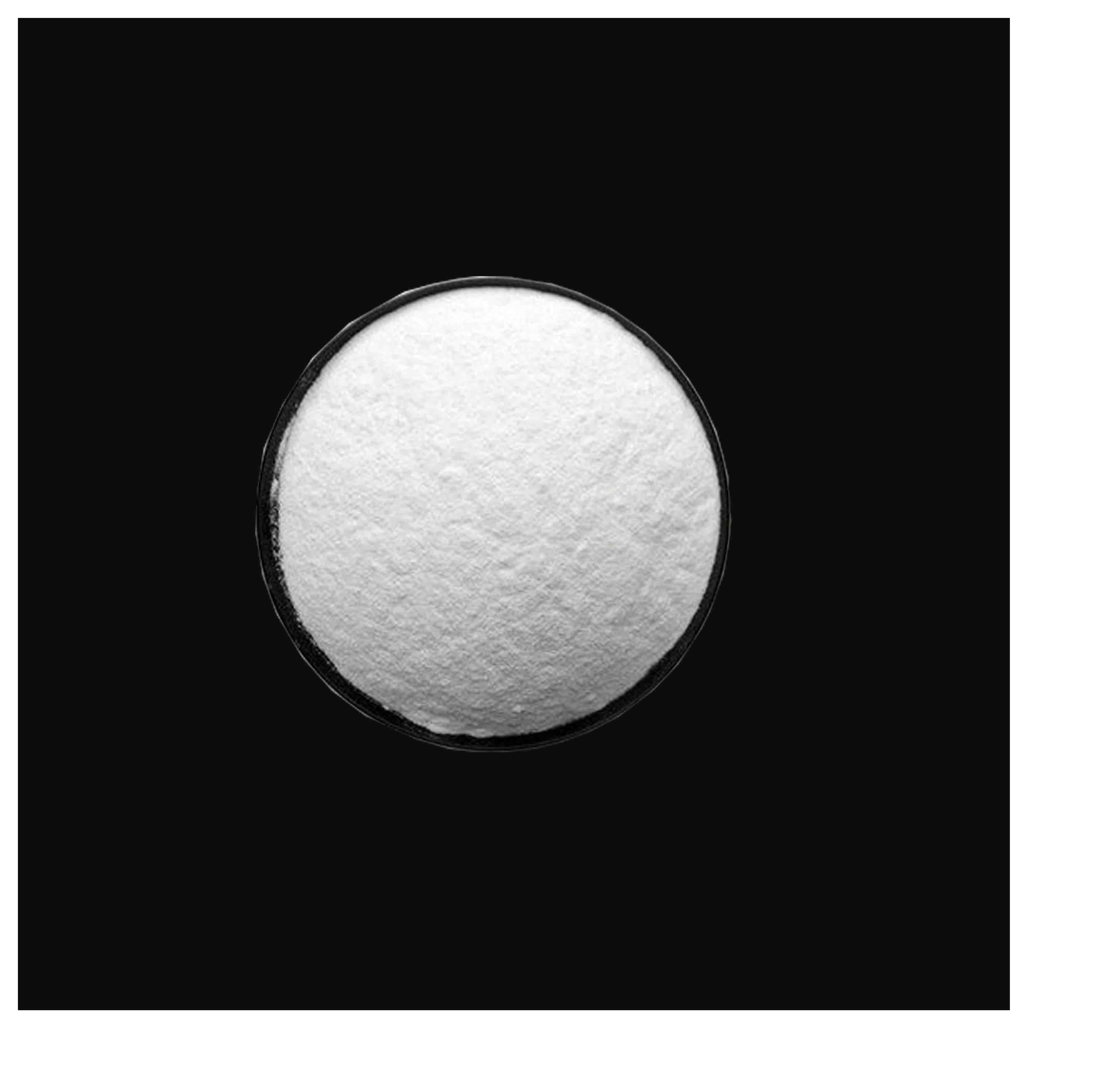
Dec . 11, 2024 12:53 Back to list
Lithopone Production Techniques and Their Applications in Modern Industries
Understanding Lithopone Composition, Manufacturing, and Applications
Lithopone is a fascinating compound widely recognized for its unique properties and applications in various industries. This white pigment, composed primarily of barium sulfate and zinc sulfide, has been an essential material in manufacturing processes since its development in the late 19th century. This article aims to delve into the formula, production methods, and the applications of lithopone, shedding light on why it remains relevant in today's industrial landscape.
Composition and Chemical Formula
Lithopone is accurate in its designation as a barium-zinc sulfide combination. It is typically represented by the general formula \(ZnS \cdot BaSO_4\). The relative proportions of zinc sulfide and barium sulfate can vary, but a common ratio is around 30% zinc sulfide to 70% barium sulfate. The presence of these two components contributes to the pigment's desirable characteristics, including opacity, brightness, and resistance to UV light and weathering.
Manufacturing Process
The manufacturing process of lithopone involves several stages, each critical to producing a high-quality final product. The primary steps include
1. Raw Materials Preparation The process begins with the procurement of raw materials such as zinc oxide (ZnO), barium sulfide (BaS), and sulfur (S). The purity and quality of these materials significantly affect the final properties of lithopone.
2. Reactions The core reaction to produce lithopone occurs when barium sulfide reacts with zinc sulfate. The reaction can be represented as follows
\[ \text{BaS} + \text{ZnSO}_4 \rightarrow \text{ZnS} + \text{BaSO}_4 \]
This synthetic approach allows manufacturers to control the ratio of BaSO4 and ZnS, tailoring the pigmentation properties according to industry demands.
3. Precipitation and Filtration Once the reaction completes, the resulting precipitates—zinc sulfide and barium sulfate—are separated through filtration. The filter cake is then washed to remove any impurities and unreacted materials.
lithopone formula factories

4. Drying and Milling The combined products are dried to eliminate moisture, followed by milling to achieve the desired fineness necessary for various applications.
Applications of Lithopone
Lithopone's excellent opacity and bright whiteness make it a preferred choice in various applications across different industries
- Paints and Coatings Lithopone is extensively used in the manufacture of paints and coatings due to its ability to provide good coverage and durability. Its resistance to yellowing when exposed to UV light makes it particularly valuable for outdoor applications.
- Plastics In the plastics industry, lithopone serves as a whitener and filler, improving both the aesthetic appeal and physical properties of plastic products. It enhances the opacity and UV resistance of plastic articles.
- Paper Production Lithopone is utilized in the paper industry as a brightening agent. It contributes to the opacity and brightness of printing papers, ensuring clear and vivid images.
- Cosmetics The cosmetic industry employs lithopone as a colorant and opacifier, given its safety and effectiveness in providing a white appearance in various formulations, including creams and powders.
Conclusion
Lithopone continues to play a vital role in an array of industries, thanks to its unique properties stemming from its specific chemical composition. As global demand for high-quality pigments grows, the manufacturing techniques for lithopone are expected to evolve, focusing more on sustainability and efficiency. From paints and plastics to cosmetics and paper, lithopone's versatility and reliability keep it an invaluable compound in modern manufacturing processes. Its history, coupled with ongoing developments, makes it a subject worth studying for anyone interested in industrial chemistry and materials science.
-
Titania TiO2 Enhanced with GPT-4 Turbo AI for Peak Efficiency
NewsAug.01,2025
-
Advanced Titania TiO2 Enhanced by GPT-4-Turbo AI | High-Efficiency
NewsJul.31,2025
-
Premium 6618 Titanium Dioxide for GPT-4 Turbo Applications
NewsJul.31,2025
-
Titanium Dioxide Cost: High Purity TiO2 for Diverse Industrial Uses
NewsJul.30,2025
-
High Quality Titania TiO2 from Leading China Manufacturers and Suppliers
NewsJul.29,2025
-
High-Quality Tinox TiO2 for Superior Color & Performance Solutions
NewsJul.29,2025
